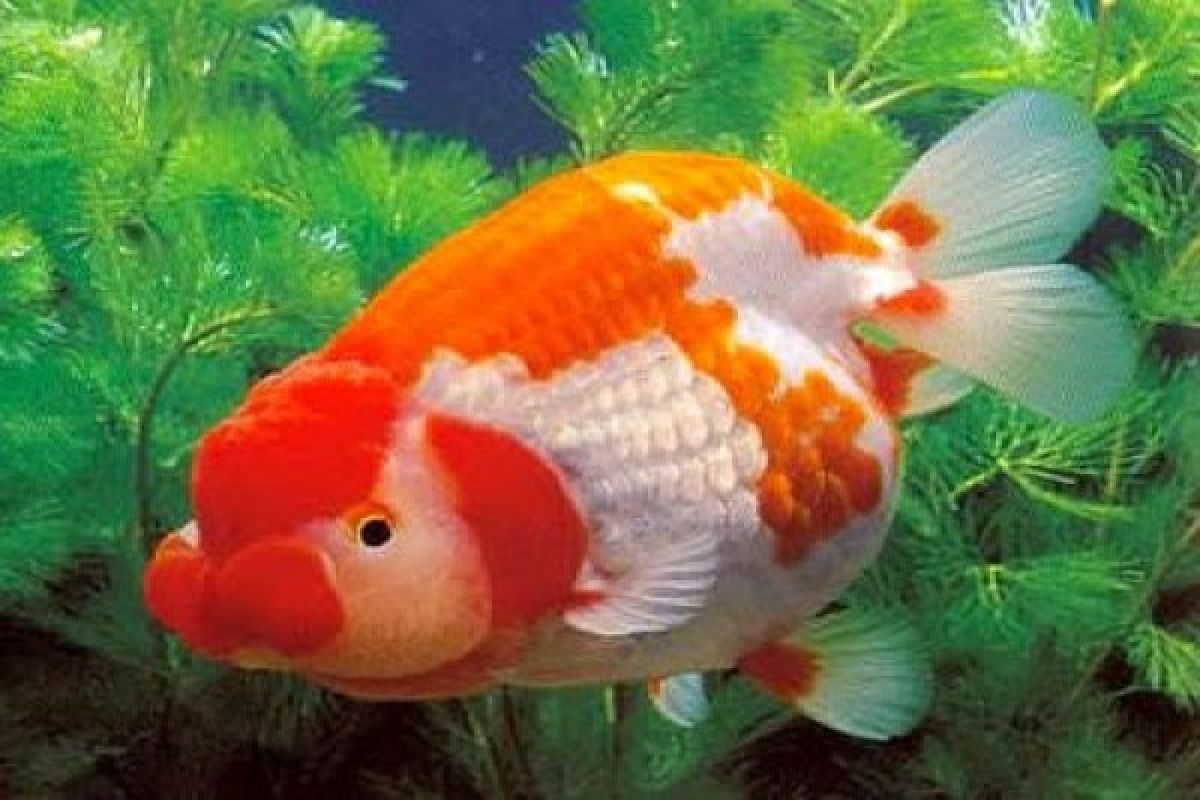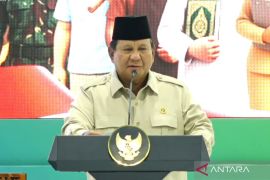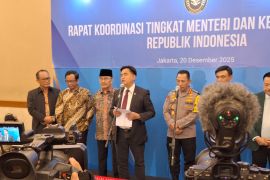At least 400 species of freshwater ornamental fish and 650 sea water species of fish have been recorded in the territory of Indonesia, which illustrates that Indonesia has the potential to become the largest exporter of ornamental fish in the world.
Indonesian freshwater is inhabited by 1,248 species of fish, of which 243 species are endemic species and 122 species are ornamental shrimps; while in Indonesia`s marine waters, there are around 3,476 species of fish.
Even though ornamental fish have not contributed much to the acquisition of national non-oil and gas export foreign exchange, it does not mean that ornamental fish is underestimated because of its potential that has not been optimized.
Currently, Indonesia is ranked third in the world for the export of seawater ornamental fish and is ranked fifth in the world for the export of freshwater ornamental fish.
The value of Indonesia`s ornamental fish exports in 2017 amounted to US$27.6 million, up $3 million from 2016, when it amounted to $24.6 million. Taking into account the diversity of ornamental fish available, it is no exaggeration that Indonesia is ranked number one in the world.
The value of world ornamental fish exports in 2017 reached $341 million, an increase of 10.57 percent from the previous year. This means that the share of Indonesian ornamental fish exports in the world market is still small and is a huge market opportunity because Indonesia is a "warehouse" for world ornamental fish. Moreover, Indonesia has a very high diversity of ornamental fish species.
Deputy for Natural Resources Coordination and Services of the Coordinating Ministry for Maritime Affairs Agung Kuswandono noted that one way to realize Indonesia as the largest exporter of ornamental fish in the world is to cultivate as many of these ornamental fish as possible.
The government, especially the Coordinating Ministry for Maritime Affairs, continues to encourage ornamental fish activists to be able to cultivate ornamental fish. But the government has also warned people to avoid assuming the sea as a bank of ornamental fish and stop overfishing, which may lead to running out of fish species.
Ornamental fish activists, including exporters, can cultivate ornamental fish, in order to avoid threat to their existence and enable sustainable exports.
A target of 2.5 million ornamental fish has been set for 2019. This can be realized if Indonesia has the willingness to maintain the sustainability of the ornamental fish life and not just sell it.
It is a sad reality that Singapore, has so far been known as the king of ornamental fish and not Indonesia, even though the fish are sent from Indonesia.
This is what must be changed, so that Indonesia will become a warehouse for ornamental fish, which means that Indonesia which manages ornamental fish in the Land of Air is to be disseminated throughout the world with the principle of sustainability.
Maintain the sustainability of natural resources
Although the opportunities for Indonesian ornamental fish exports are very large, it should be noted that preserve natural resources (SDA) should also be preserved, so that catching fish would not damage the environment.
Maritime Coordinating Minister Luhut B. Pandjaitan revealed that regarding ornamental fish exports, the government supports exports but also reminds entrepreneurs to always pay attention to the sustainability of natural resources.
"The government is still in control. Therefore, similar to sea coral cultivation, it is a livelihood for MSMEs. We will allow it, but we cannot take it from nature," Pandjaitan remarked.
In Nusa Dua, Bali, in October 2018, the government carried out a program to replant sea corals that resemble spider webs. The results were amazing.
At present, there are around 21 provinces in Indonesia that are centers of ornamental fish production. Unfortunately, only about 96 percent of ornamental fish production in Indonesia is still in Java, especially in East Java.
The challenge in the future is to develop ornamental fish farming outside Java, because it has a large potential that has not yet been developed.
For this reason, the Coordinating Ministry of Maritime Affairs, together with the Ministry of Maritime Affairs and Fisheries, Ministry of Trade, LIPI, and other relevant ministries / agencies, will accelerate the development of the national ornamental fish industry, so that the targets in the Industrial Development Action Plan (RAN) Ornamental fish 2017-2021 to become the largest producer and exporter of ornamental fish in the world in 2021 can be achieved.
Regarding licensing issues, Pandjaitan added that his party would support and simplify the licensing process for ornamental fish entrepreneurs. He promised to embrace all relevant ministries or institutions to facilitate licensing, because licensing issues are in the national interest in the future.
For this reason, the government will seek a one-stop export permit so that entrepreneurs do not need to bother and the government will support it without hesitation.
At present, a legal umbrella for the National Action Plan (RAN) for the Development of Ornamental Fish Industry is being compiled, and the RAN of Ornamental Fish Industry is expected to become one of the guidelines for developing ornamental fish in Indonesia. Besides that, there will also be formulated mascot of ornamental fish, both freshwater and sea water ornamental fish.
Reporter: ANTARA
Editor: Bustanuddin
Copyright © ANTARA 2018












